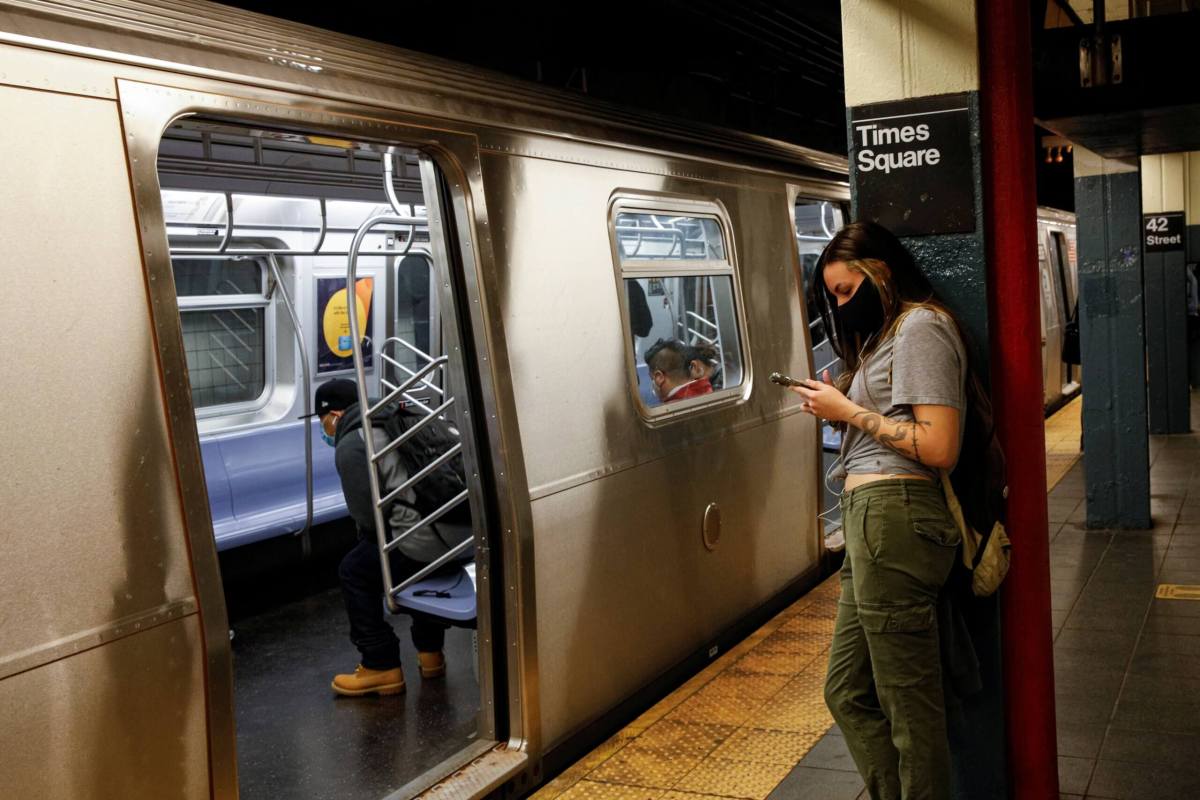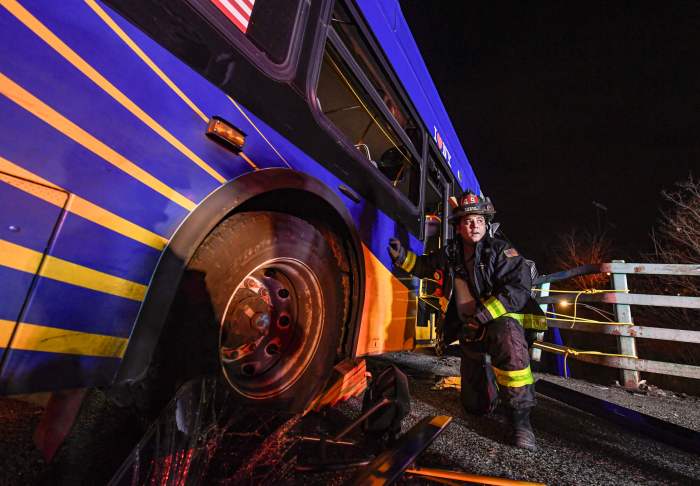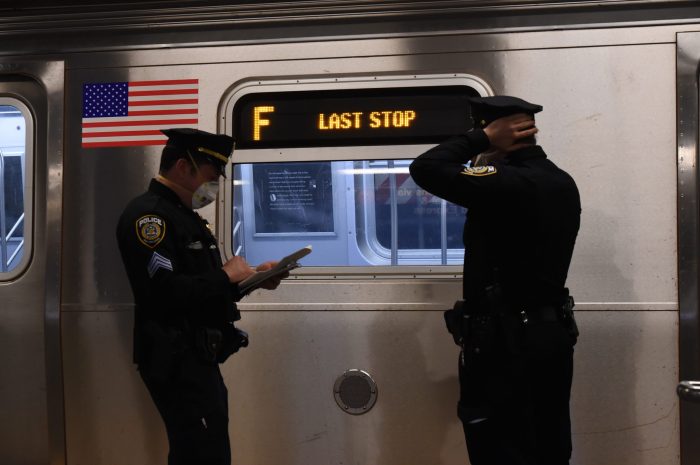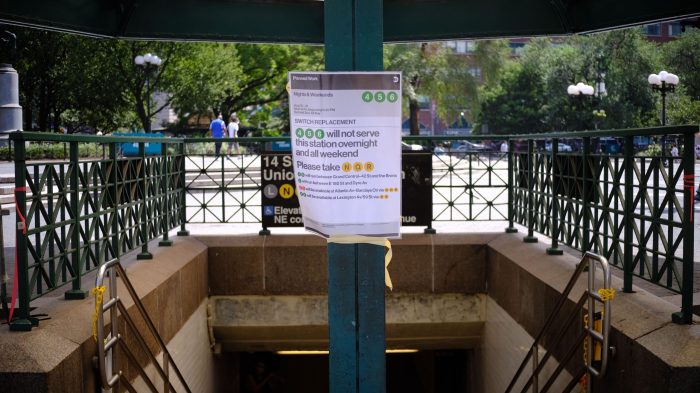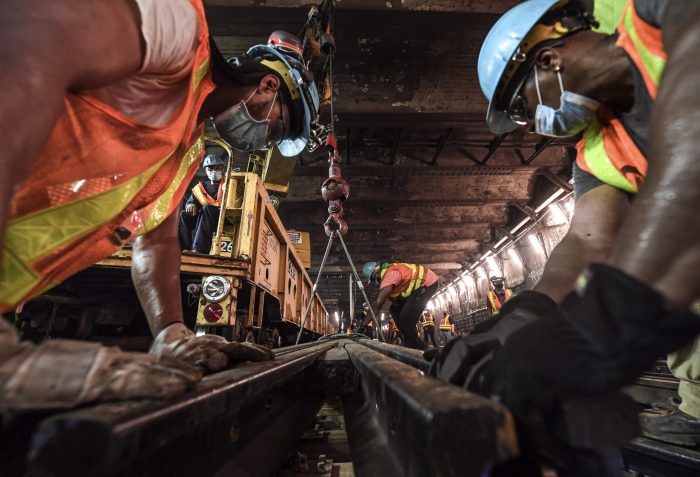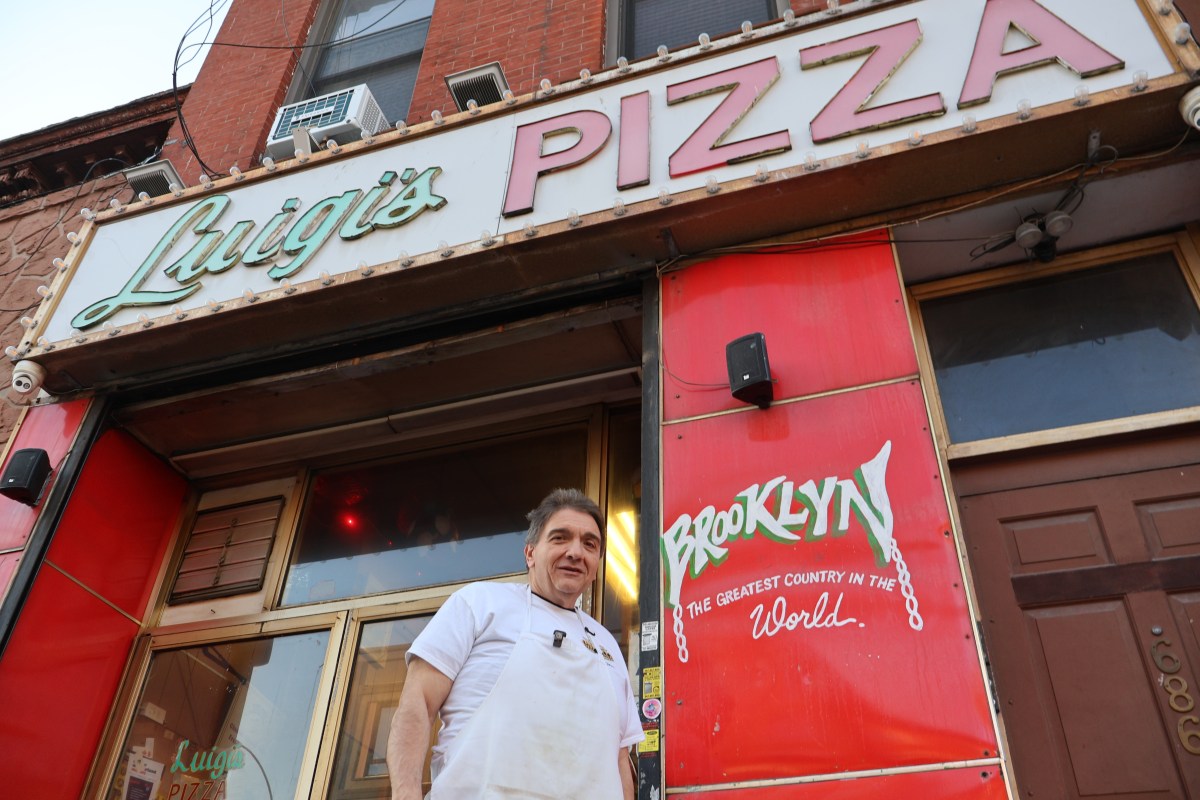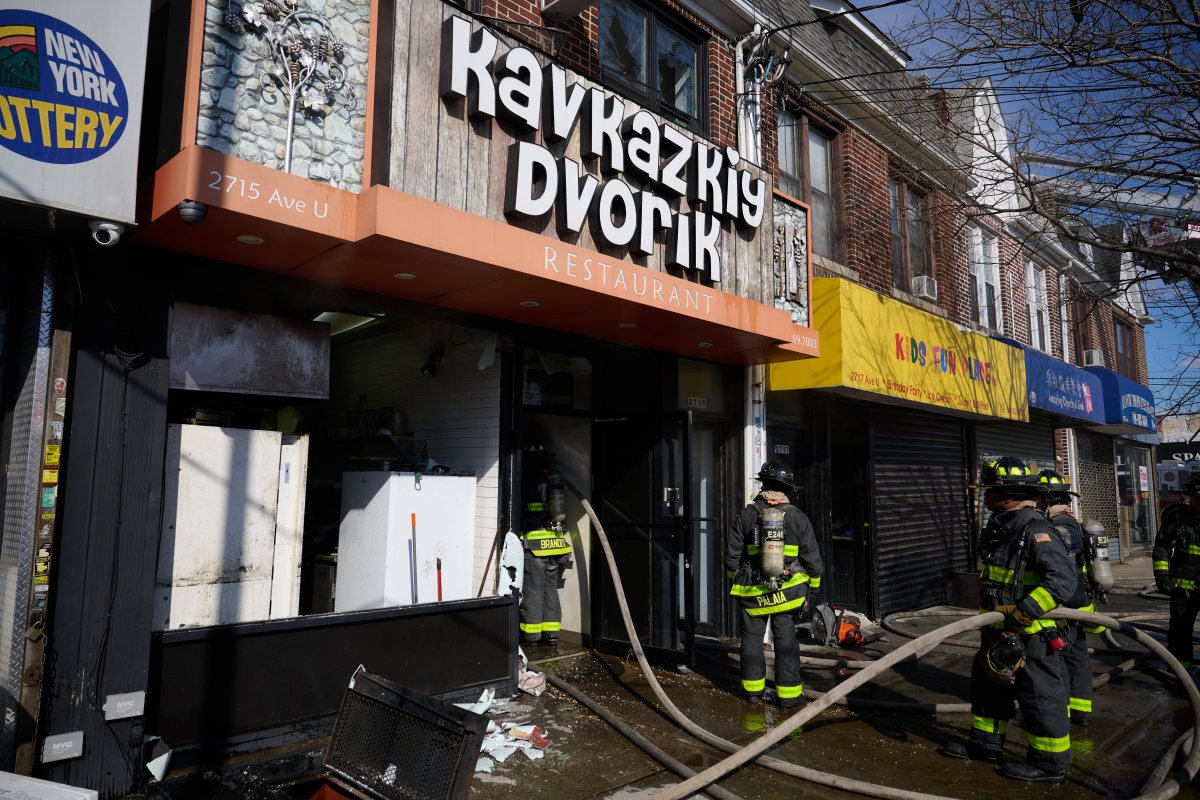Little by little, New Yorkers continue to return to the rails as the city’s recovery from the COVID-19 pandemic continues.
The MTA announced on Friday that more than 2.3 million people rode the subway last Friday, May 21 — another new pandemic record that also represented a week-over-week ridership growth of about 100,000 riders. That happened two days after most COVID-19 restrictions in New York City were lifted, and four days after 24-hour subway service was restored for the first time in more than a year.
But the MTA still has a long way to go before returning to pre-pandemic ridership levels.
The 2,330,089 subway trips recorded on May 21 represent about 42% of the 5.5 million daily subway rides before COVID-19 was first officially detected in New York City on March 1, 2020. Within weeks of the first diagnosis, all non-essential business had stopped — and subway ridership plummeted by more than 90%.
As the city’s mass transit system crawls toward recovery, however, the MTA’s bridges and tunnels are now back to pre-pandemic levels. On May 21, the MTA recorded 965,528 vehicles using its nine crossings, which represents the highest number recorded since Feb. 14, 2020.
Moreover, the MTA says that the city also logged on May 21 1,182,899 bus trips and 4,258 rides on the Staten Island Railway — resulting in 3,517,246 total trips on New York City Transit.
The commuter rails are also seeing a ridership uptick, according to the MTA. On May 21, 110,000 customers rode the Long Island Rail Road and another 94,500 people took Metro-North Railroad; both figures also represent new pandemic records.
Still, acting MTA New York City Transit President Sarah Feinberg expressed optimism that the best is yet to come for the subways.
“This new record shows people are returning to their everyday lives and returning to the subway for their community needs,” Feinberg said. “There is more progress to be made, more milestones ahead, but we are very encouraged to see this trend continue into the summer.”



